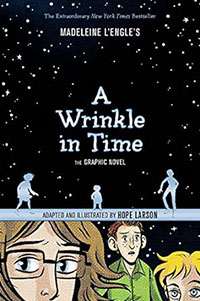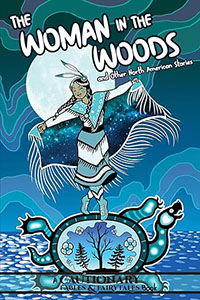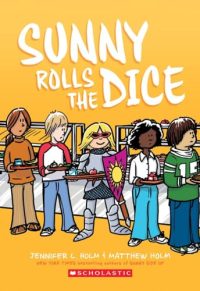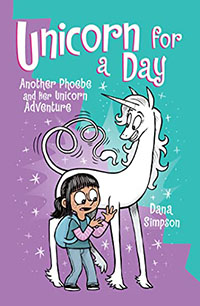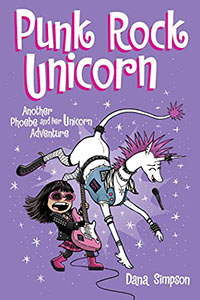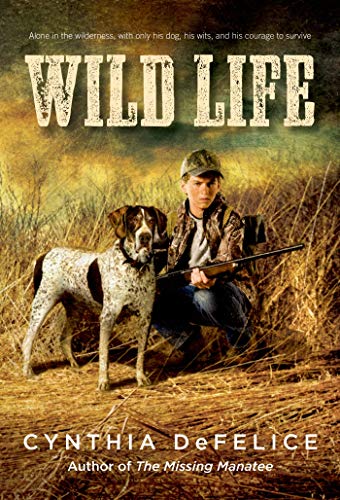The original, which I loved and re-read numerous times (but the last so long ago it isn’t featured on my blog yet) is among my favorite books. I was hesitant to read this version at first, because afraid it wouldn’t at all live up to my memories, or the pictures in my own head. Happy to say it was a good read. Different, and not everything quite depicted as I expected, but enough rang true to how I experienced the original that I liked it and didn’t feel slighted. All the dialog feels taken straight from the pages of the novel, and since the only text in this book is dialog, that made it feel perfectly full of quotes. All the good ones, too. I’m sure something was left out, but I couldn’t tell what. I wasn’t terribly keen on the artwork style, it was rather plain, but I did like that color shifts made it easy to tell when the characters were talking about or remembering the past- very helpful. Charles Wallace with his big baby blue eyes, innocent face and sophisticated way of talking, Calvin looked just like I’d imagined. A few parts felt too brief, a few drawings a bit goofy but overall I’m so glad I read it, it’s so very heartwarming through all the frustrations and fears the characters face.
I suppose now I have to tell you what the actual story is, in case you don’t know (and I really didn’t like the film version, by the way. Don’t know why that didn’t sit well with me, but I never even tried to watch it, after seeing a trailer). Meg belongs to a rather odd family: her parents are scientists, her little brother Charles Wallace brilliantly precocious (and with something of a sixth sense for how people are feeling) and her in-the-middle twin brothers so ordinary and pleasant they’re nearly perfect. She herself feels out of sorts and is often frustrated by her personal flaws, and the criticism the community seems to latch onto her family. Especially since her father went missing- rumors go around that he left the family, the mother knows better (he went off on a secret scientific mission and hasn’t returned). Things start to change when Meg meets a very nice boy her age who lives nearby- and thinks her family is just awesome. Charles Wallace meets some strange old ladies staying in an abandoned house in the woods, and it turns out they have otherworldly abilities. They are kind and generous, and take Meg, her little brother and her new friend Calvin on a strange journey through time and space to confront a horrible evil entity that is making things lifeless- and also possibly to find her father. I can’t really explain more than that, because part of the joy in this novel is the weird discovery of what happens. But it’s more than just an odd blend of fantasy, science, and what some might call a New Age feel. It’s about finding yourself, embracing your faults (which might turn out to be inner strengths) and just overall standing up for and being good.
I really wish I could write more eloquently about this right now. However I do feel spurred by this to read the original (off my own shelf) again soon, and then I will find more words.
Caveat: after reading some other readers’ reviews, I realize this might not read well for people who aren’t familiar with the original. So much of the context is gone, if you only get simple pictures and dialog. My head didn’t have to fill in any blanks, because I had them all stored in memory, but I can well imagine that for a lot of readers new to this story, they might not have any idea what the heck is going on at times. Due to the mystical and unexplained events, phenomena and strange beings encountered. I still liked it though. But I do prefer the novel.
Borrowed from the public library.

